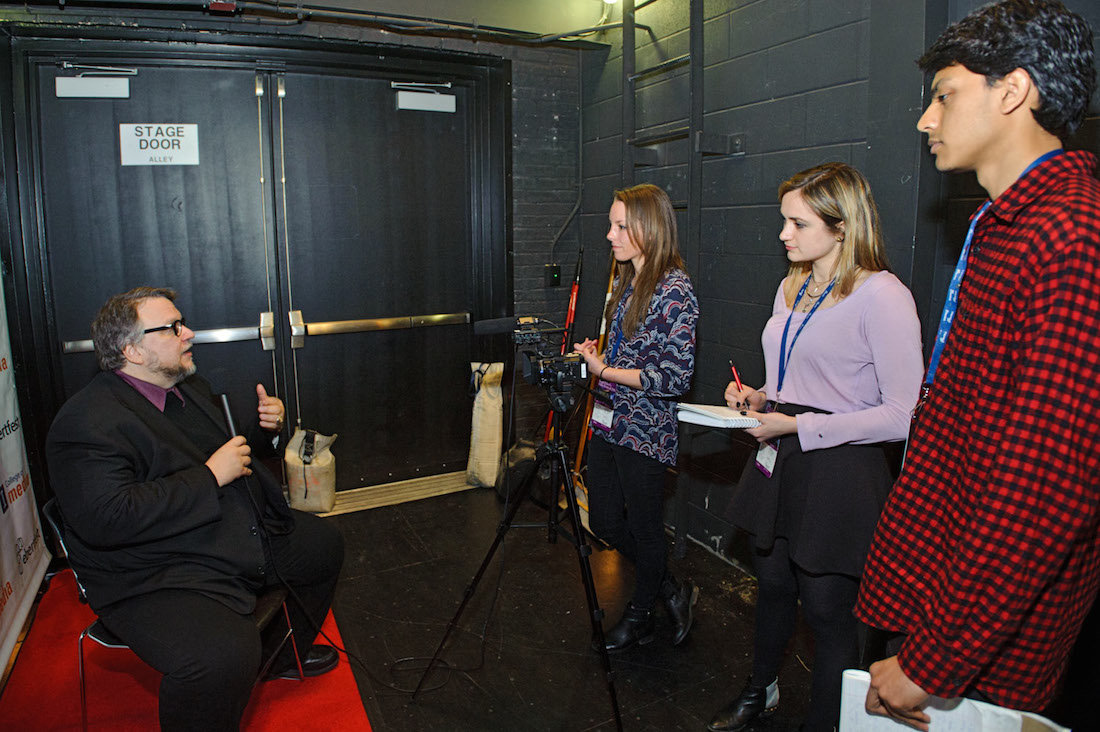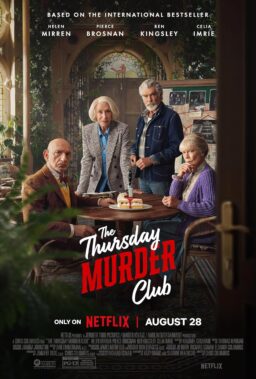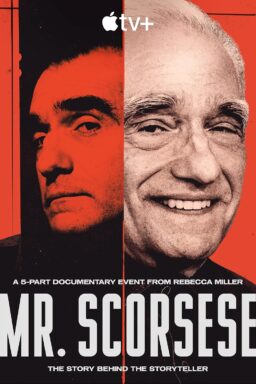Ebertfest 2016 runs from April 13th through April 17th in Champaign, Illinois. To purchase tickets, click here. The following article was written by Ashish Valentine of The Daily Illini.
“Pan’s Labyrinth” and “Pacific Rim” director Guillermo del Toro presented his latest film “Crimson Peak” Wednesday at the opening night of the 18th edition of Roger Ebert’s Film Festival. After the movie and an extended Q&A, the Roger Ebert Fellows sponsored by the College of Media met with del Toro. I was struck by the mix of gleeful profanity and warm eloquence that colored his responses; he switched instantly between describing himself as “f***king weird” to a prolonged discussion of literary Gothic Romanticism and its influence on the film’s narrative.
Despite an ad campaign that promoted the film as a horror piece in Victorian period costume, the film itself proved del Toro’s statement correct. Its sharp color palette and leisurely pacing felt much truer to Gothic novels like “Wuthering Heights” and “Jane Eyre” than to the jump-scares and tension of a horror film.
“This is not a ghost story, it’s a story with ghosts in it,” del Toro said, introducing the screening.
Barely a few minutes in, the audience realized that when del Toro introduced the movie, he was quoting his own main character, Edith, played by Mia Wasikowska. Beyond the simple irony of echoing his character’s thoughts, however, del Toro’s quoting of Edith started to take on an intriguing new meaning as the movie continued.
Edith starts the film as an aspiring novelist, yet is rejected by a publisher because he incorrectly assumes she’s written a ghost story, and demands a love plot. She’s discriminated against both as a new writer and as a woman, and though her father gifts her a golden pen, she resorts to typing out her story rather than handwriting it, so that her gender isn’t given away by her feminine handwriting.
This misunderstanding of a young artist ties ever so closely to the creation process del Toro went through with “Crimson Peak,” in which, though he presented it as a “story with ghosts in it,” his distributor very much felt that it was a “ghost story,” and marketed the film as a horror movie. I couldn’t help but notice how sharp the parallels were between Edith’s journey as an artist, and del Toro’s journey as a storyteller and filmmaker.
Just like del Toro, however, Edith doesn’t give up her craft after initial misunderstandings and rejection. She perseveres, yet encounters even more vehement criticism when her new lover, Thomas Sharpe, played by Tom Hiddleston, tells her the characters are shallow and she knows nothing of the human heart. This criticism is quickly reversed when he reveals to her that he was forced to insult her in front of her father, but the parallels of harsh rejection are familiar to any artist, especially one as distinctive as del Toro. Edith continues writing, and near the film’s close, when she’s attacked by Thomas’s sister Lucille (Jessica Chastain), Edith stabs Lucille with what she readily has at hand—her pen.
Backstage at the Virginia Theatre, I asked del Toro if he changed as a director over the course of his career.
“You change and you never change,” he said. “Everything we do comes from an initial emptiness we feel as kids—we are born and experience an enormous void, and the horror and pain and cracks in our structure come from that emptiness. You’re not truly healed until later in life, as you heal through your stories, and you’re constantly drawn to the same motifs.”
Del Toro told me he felt profoundly incomplete and empty ever since his childhood, “experiencing an enormous void.” Creating stories, making movies was the only way he knew to heal that chasm within himself.
With this revelation in mind, certain visual elements in the film began to take on new meaning. In the film, blood was often depicted as very similar to ink, especially when it was peeling off of the ghosts’ bodies. The mixing of Lucille’s blood with Edith’s ink suggests that, for del Toro, ink and blood are not so different. One is the liquid of artistic creation, the fluid with which the writer shapes her story, and the other is lifeblood that flows through us all.











